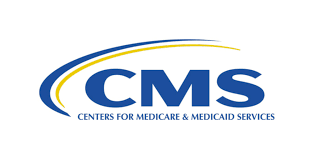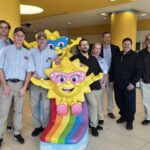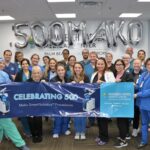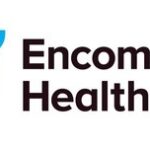NIH-funded clinical study points to potential new therapy for upper-limb paralysis
The technology uses a set of thin metal electrodes implanted on the surface of the spinal cord. Electrical impulses from the device stimulate neural circuits in the spinal cord, priming them to receive movement signals from the brain. This engages muscles that have been weakened by stroke, allowing patients to voluntarily lift their arm, open and close their fist, and grasp household objects.
Recent studies have used spinal cord stimulation technology to treat chronic pain and restore leg movement after spinal cord injury. Building on years of extensive preclinical studies using computer modeling and non-human primates, and a pilot study in humans, researchers tested the new therapy in two stroke patients with moderate to severe motor impairments.
They found that continuous stimulation targeting the cervical sensory nerve roots of the spinal cord immediately improved strength, range of motion, and function of the arm and hand. Stimulation also enabled participants to perform complex tasks that require more skill and dexterity, such as using utensils to eat and opening a lock, activities that they had not done in years.
Surprisingly, some benefits persisted for several weeks after the device was removed. This suggests that when combined with physical or occupational therapy, this assistive stimulation approach could lead to more robust long-term improvements in motor function.
Globally, one in four people over age 25 will suffer from a stroke, and nearly three-quarters of these individuals will have lasting deficits in the motor control of their arm and hand, causing disability and enormous impacts on daily life. There are no effective treatments for paralysis in the chronic stage of stroke, which begins six months after the initial stroke incident.
These findings provide a practical stimulation protocol for adapting an existing clinical technology to treat upper-limb paralysis following stroke. More research is needed to translate the therapy into broader clinical use. Future studies will examine ways to further optimize stimulation protocols and determine which stroke patients can benefit most from the therapy.
The study was supported by NIH BRAIN Initiative grant UG3NS123135 and is part of an ongoing clinical trial (NCT04512690).
Who
John Ngai, Ph.D., director, NIH BRAIN Initiative; and Brooks Gross, Ph.D., program director, National Institute of Neurological Disorders and Stroke (NINDS), are available to discuss the
study findings. To arrange an interview, please contact NINDSPressTeam@ninds.nih.gov(link sends e-mail).
Article
Powell, M.P., et al. Epidural stimulation of the cervical spinal cord for post-stroke upper-limb paresis. Nature Medicine. Feb 20, 2023. DOI: 10.1038/s41591-022-02202-6(link is external).
The NIH BRAIN Initiative is managed by 10 institutes whose missions and current research portfolios complement the goals of The BRAIN Initiative®: National Center for Complementary and Integrative Health, National Eye Institute, National Institute on Aging, National Institute on Alcohol Abuse and Alcoholism, National Institute of Biomedical Imaging and Bioengineering, Eunice Kennedy Shriver National Institute of Child Health and Human Development, National Institute on Drug Abuse, National Institute on Deafness and other Communication Disorders, National Institute of Mental Health, and National Institute of Neurological Disorders and Stroke.
NINDS is the nation’s leading funder of research on the brain and nervous system. The mission of NINDS is to seek fundamental knowledge about the brain and nervous system and to use that knowledge to reduce the burden of neurological disease.
About the National Institutes of Health (NIH): NIH, the nation’s medical research agency, includes 27 Institutes and Centers and is a component of the U.S. Department of Health and Human Services. NIH is the primary federal agency conducting and supporting basic, clinical, and translational medical research, and is investigating the causes, treatments, and cures for both common and rare diseases. For more information about NIH and its programs, visit www.nih.gov.


























